Spring seems to arrive earlier and earlier every year. Normally Instagram is overflowing with blossom photos, each more beautiful than the last. This year with the coronavirus, there are a lot less... In previous springs, people in Japan flocked to the parks and temple gardens to celebrate under the sakura blossoms. Let's take a moment to reflect on this beautiful display of nature. Where does this fascination come from and what do they usually do under those trees?
It was sometime in early spring I think, during my year in Nagasaki, that my Japanese friends took me to see the cherry blossoms. I didn't quite understand the excitement until I got to Saikaibashi Park. There were almost 1,000 cherry blossom trees in full bloom, what a sight that sea of pink petals was. Once you've had the chance to enjoy such an overwhelming display of flowers, you'll understand the Japanese love for the sakura much better!
What is sakura?
Sakura, the Japanese name for cherry blossom, are the flowers of the Prunus. Or rather the Prunus Serrulata and don't let the cherries in the name fool you, because this blossom species has nothing to do with them. I read that they originally come from the Himalayas, but now you can find them all over the Northern Hemisphere. From Europe to Japan, China, Korea, Canada and the United States people enjoy this beautiful blossom splendor. Only in Japan have they elevated this enjoyment to a true art.
 Blossoming splendor in Japanese gardens and parks
Blossoming splendor in Japanese gardens and parks
There are over 100 different types of sakura in Japan. Most trees produce light pink and white blossoms, with five petals that have a small dent at the top. However, there are also varieties that have many more petals.
The blooming period of sakura is very short, only a few days in early spring. And because it is of the utmost importance that you know exactly where and when the trees bloom at their best, there is a real “Sakura Weather Report”. The sakura front, that is the name of the advance of the blossom from south to north Japan, is carefully mapped with dates and everything.
Hanami: Everything passes
Hanami literally means “flower viewing” and the Japanese love to do this with a nice picnic under the blossom trees. The picnic baskets are mainly filled with: chirashizushi (sushi rice with the ingredients sprinkled over it), inarizushi (tofu bags filled with sushi rice) and sakura mochi (rice cakes filled with sweet beans).
Hanami started in the Heian period (794-1192). The blossoms symbolize transience, everything in life is temporary and therefore we should enjoy it to the fullest. That all sounds a bit melancholic, but the blossom petals also convey the feeling of change, nothing has to stay the same. And that in turn gives hope in sad periods.
 A delicious plate of chirashizushi (sushi rice with the ingredients sprinkled over it)
A delicious plate of chirashizushi (sushi rice with the ingredients sprinkled over it)
Sakura kirigami DIY download for you
If you want to bring a little bit of Japanese spring into your home, I have a really fun DIY for you. A garland of cherry blossom leaves, which you fold and cut out. As soon as scissors are used, you call such a folding project “kirigami”. It takes some practice, but before you know it you have made a whole mountain and you can easily thread it with a thick needle.
Especially for you, this Roppongi sakura kirigami tutorial. Click here & download and make a cheerful garland.
Keep an eye on the Roppongi blog anyway for beautiful Japan DIYs , recipes, traditions, travel tips and other nice Japan facts. You will be amazed at how nice and beautiful Japan is!
Sakura in daily life
Actually, the chrysanthemum is the official flower of the country, also a symbol of the imperial court, but the image of the sakura really takes on iconic forms! For centuries, sakura trees and blossoms have been found in history, culture and daily life in Japan.
Paintings, woodcuts, screens and scrolls you can't think of anything that doesn't feature famous places where the sakura blooms. These places include the foothills of the Fuji, Buddhist temples, Himeji Castle and Yoshino Park. Nowadays there are even anime and manga in this spring theme and the blossom petal is also a common tattoo image. In applied art you will find sakura on tableware, kimono, bento and paper.
The leaves and buds of the sakura are edible and can be found pickled in traditional sweets, but also as a tea.
 This is Mount Fuji -富士山 - is the highest mountain in Japan (also a volcano) at 3776 meters.
This is Mount Fuji -富士山 - is the highest mountain in Japan (also a volcano) at 3776 meters.
More sakura beauty from Japan 🌸
It will come as no surprise that you can buy a great deal of sakura beauty at Roppongi , the Dutch online go to for tips, stories, great deals, recipes and news from Japan. Make it spring!
💬 Tell me, are you going to try this too?

The author: Ingrid Beyer
Ingrid from Happlify crew member Roppongi is a far too modest Japan expert who can tell you all the ins and outs. Roppongi is the webshop for lovers of Japan, design, good food, tea and DIY. Visit Roppongi and the blog regularly for the quickest trip to Japan. Ingrid's blog posts >

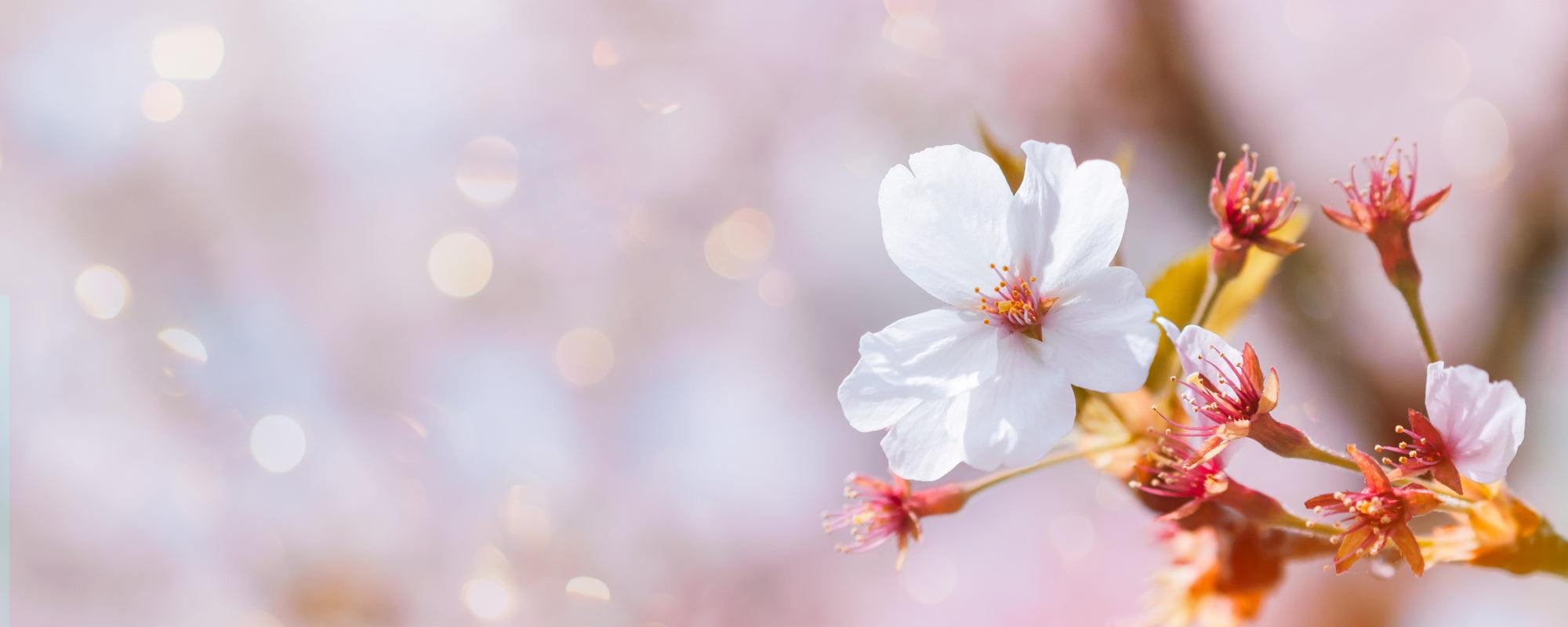

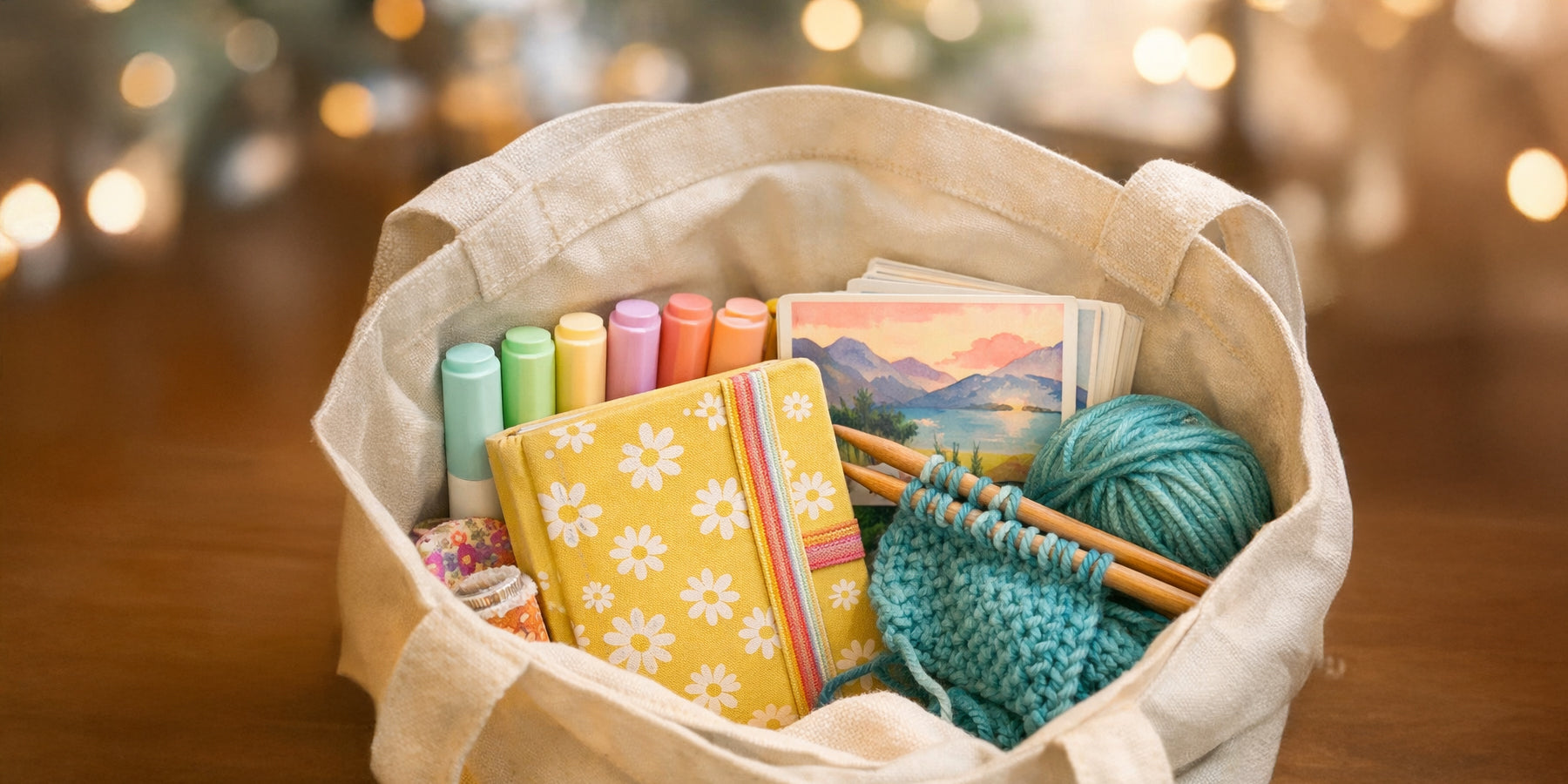


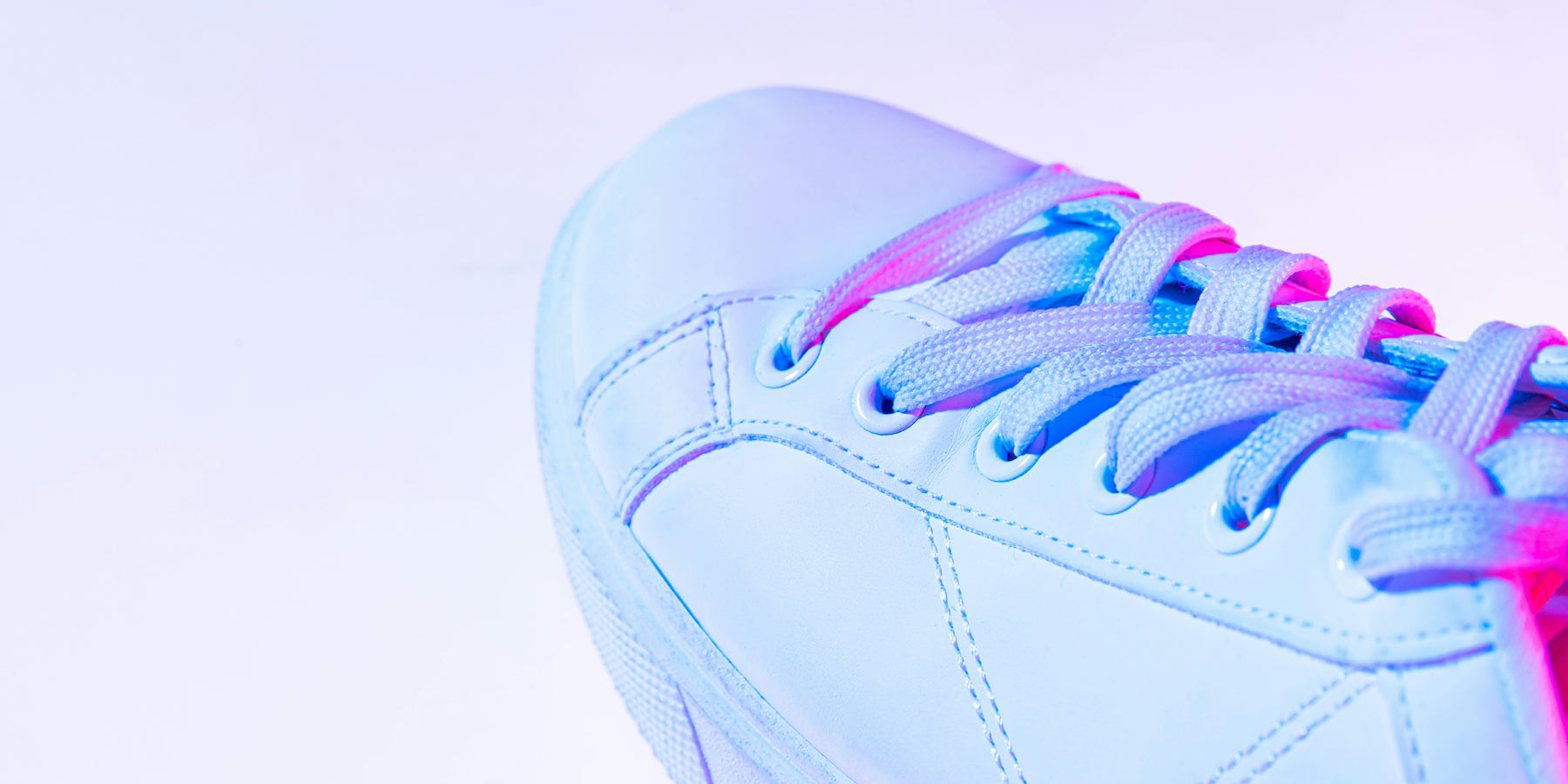

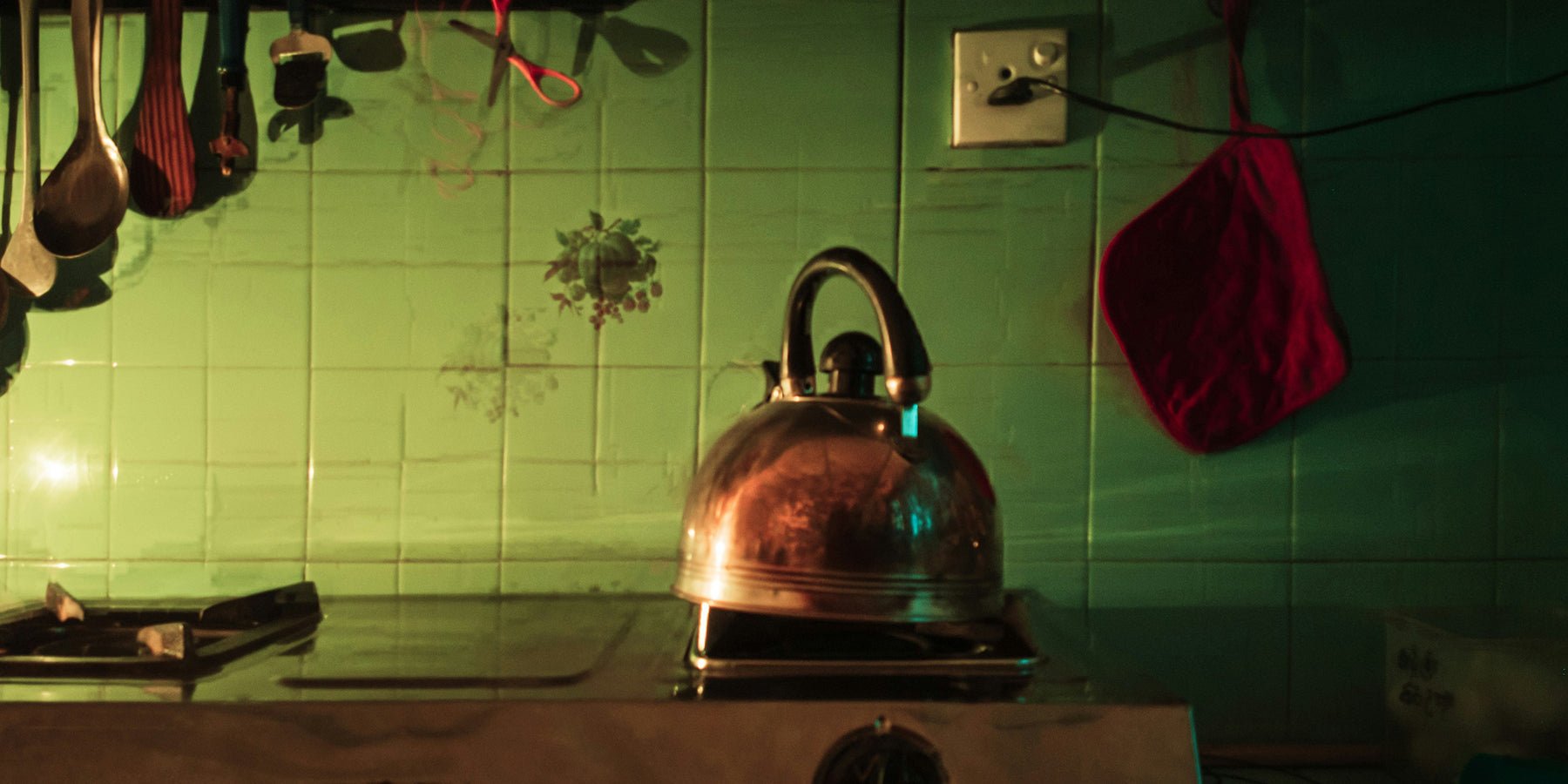

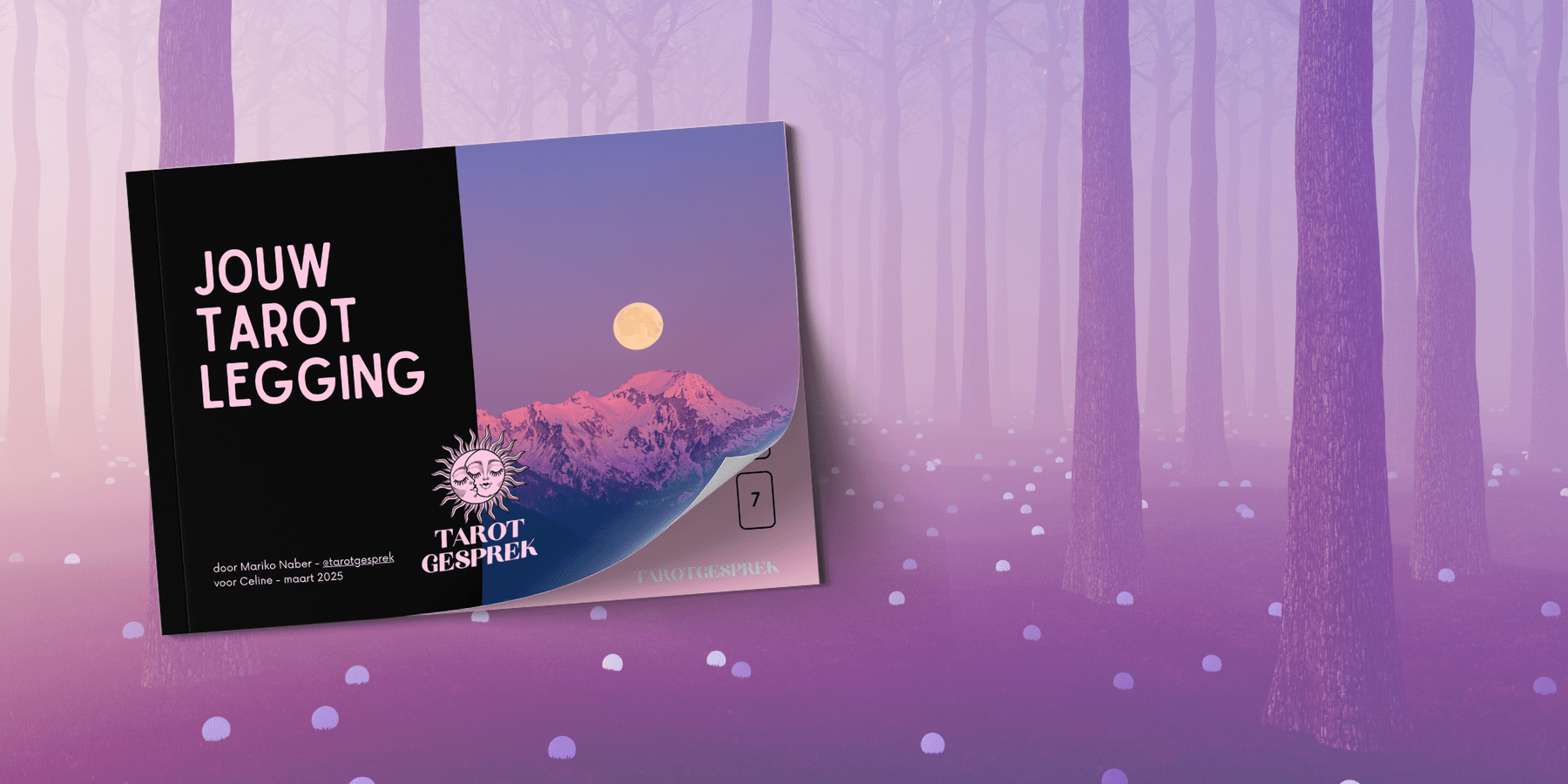
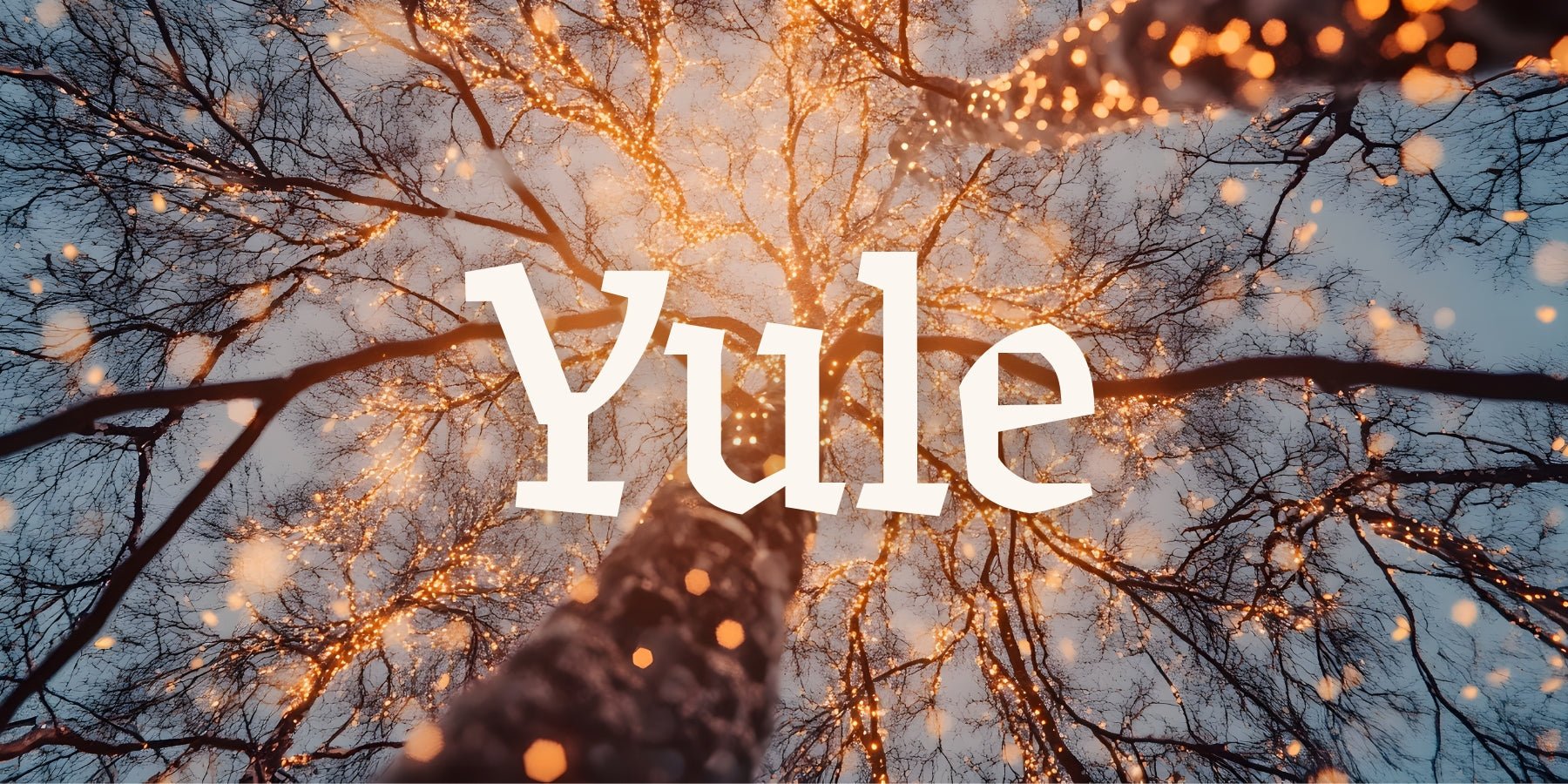

Interesting? Share with someone:
5 Happy #stayhome cheer up for you
6 more Happy #stayhome cheer up for you